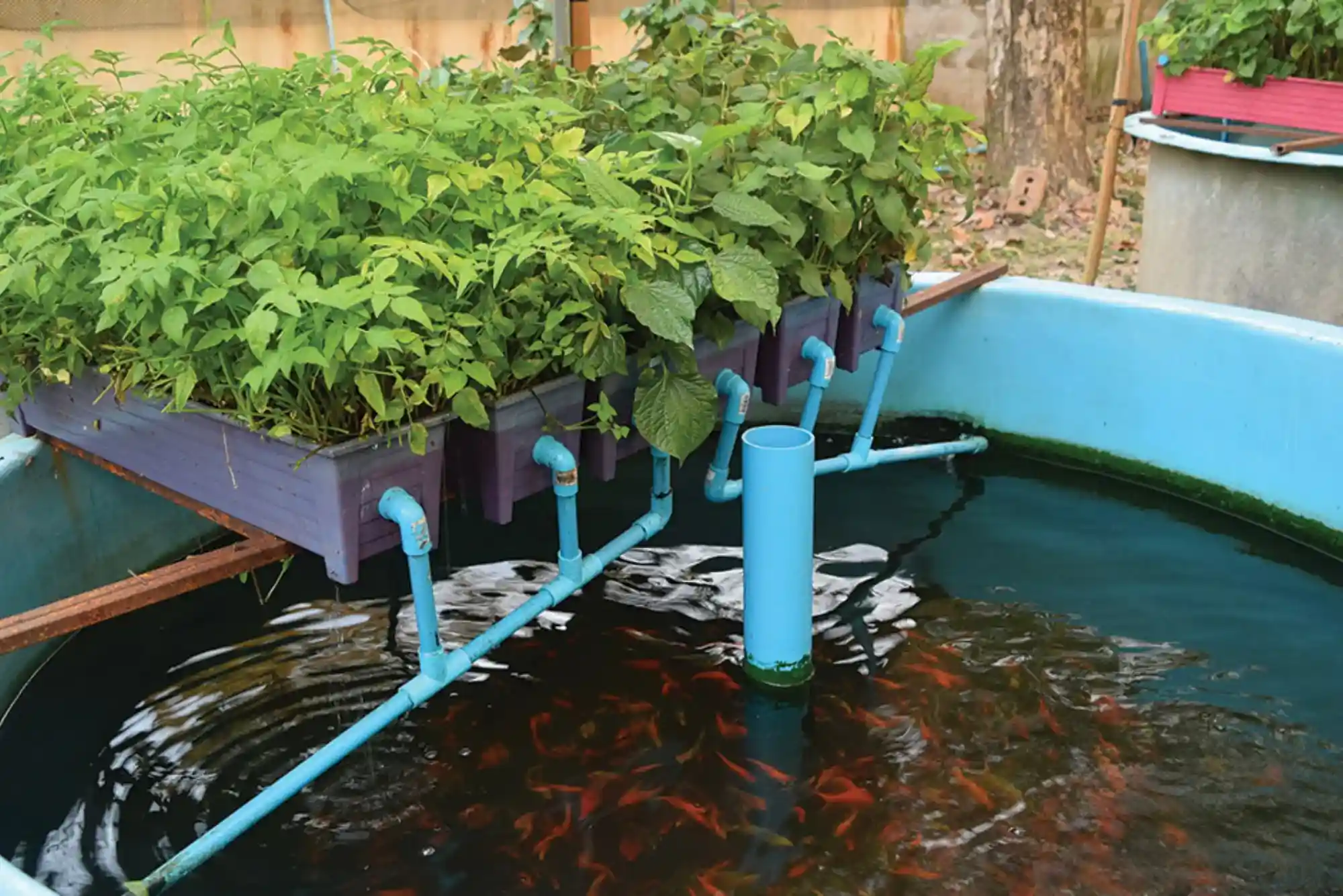Caring for koi fish goes beyond just keeping them in clear, well-filtered water. Their diet plays a crucial role in their vibrant colors, health, longevity, and even their behavior. In this article, we explore the most effective koi feeding methods and how hobbyists and professionals in the UAE, especially those keeping Koi Fish in Dubai, can ensure their fish thrive throughout all seasons.
We’ll also discuss seasonal diets, food types, feeding schedules, and the best practices to avoid overfeeding and water pollution. Whether you’re a beginner or an experienced koi keeper, this guide aims to enhance your knowledge and provide practical feeding solutions.
Why Proper Koi Feeding is Essential
Feeding koi fish effectively ensures:
-
Strong immune system and resistance to disease
-
Enhanced coloration and physical appearance
-
Balanced growth and longevity
-
Healthy metabolism
-
Improved water quality
Neglecting their dietary needs can lead to stress, illness, and even death. That’s why it’s crucial to follow researched and tested koi feeding methods that are suitable for different climates, such as those in Dubai.
Understanding Koi Fish Eating Habits
Koi are omnivores with a strong appetite and a tendency to beg for food. But that doesn’t mean you should feed them every time they ask. Overfeeding can quickly spoil the water and affect their health.
In Dubai’s hot climate, koi fish have a faster metabolism during the warmer months, so their feeding requirements change seasonally. Always observe their behavior during feeding to monitor their appetite and digestion efficiency.
Seasonal Feeding Techniques for Koi Fish
Spring Feeding Strategies
As the temperature starts to rise in spring, koi become more active. Their metabolism begins to recover from winter dormancy. At this point:
-
Feed easy-to-digest food like wheat germ-based pellets.
-
Offer food once a day, gradually increasing frequency as temperatures climb.
-
Avoid protein-rich food until water temperature exceeds 15°C (59°F).
Summer Feeding Schedule
In summer, koi are at their most active state. In regions like Dubai, summer temperatures can rise significantly, meaning:
-
Feed high-protein food to support growth.
-
Feed 2-4 times a day in moderate amounts.
-
Introduce live foods (worms, shrimp) occasionally to vary nutrition.
-
Ensure proper aeration and filtration due to increased waste.
If you’re unsure which koi fish products are suitable for UAE conditions, check out United Fish Dubai, one of the most trusted providers of high-quality koi and related supplies.
Autumn Considerations
As temperatures begin to fall:
-
Reduce feeding frequency.
-
Transition back to wheat germ-based or low-protein foods.
-
Monitor fish behavior closely; they’ll naturally reduce their intake.
Winter Feeding Restrictions
When temperatures fall below 10°C (50°F), koi’s digestion slows down:
-
Stop feeding completely when temperatures drop below 8°C (46°F).
-
Avoid feeding if koi are at the bottom and inactive.
Feeding in cold weather may cause food to rot in their gut due to poor digestion.
Best Types of Food for Koi Fish
Floating vs. Sinking Pellets
Floating pellets are ideal for beginners because they allow you to monitor how much the koi are eating. Sinking pellets can be used for shy or bottom-feeding koi.
Natural and Supplemental Foods
While commercial pellets are essential, koi also enjoy:
-
Earthworms and bloodworms
-
Silkworm pupae
-
Shrimp and krill
-
Peas, lettuce, and watermelon
-
Oranges (cut in small wedges)
Make sure to clean fruits and vegetables thoroughly and offer them in moderation to avoid affecting water chemistry.
Feeding Frequency and Portion Control
How Often Should You Feed Koi?
The frequency depends on water temperature and fish age:
-
Below 10°C: No feeding
-
10°C – 15°C: Once every 1–2 days
-
16°C – 20°C: Once or twice a day
-
Above 20°C: Up to four times a day in small portions
Portion Size
The general rule is to feed only what koi can consume in 5 minutes. Excess food settles at the bottom, decays, and pollutes the pond. Portion control also helps prevent koi from developing fatty liver disease.
Feeding Koi Fish in Dubai’s Climate
Dubai’s extreme heat means pond temperature and oxygen levels can fluctuate dramatically.
Feeding Tips for Dubai Koi Keepers
-
Use an automatic feeder with timers to avoid midday feeding when oxygen is low.
-
Provide shade over ponds to reduce heat and protect fish.
-
Monitor ammonia and nitrite levels regularly.
-
Always feed early in the morning or later in the evening.
Need reliable koi fish supplies and live stock in the UAE? Visit United Fish Dubai for premium koi, aquatic equipment, and expert consultation tailored to desert environments.
Avoiding Common Feeding Mistakes
Overfeeding
Overfeeding leads to:
-
Poor water quality
-
Cloudy water
-
Algae blooms
-
Fish obesity
-
Increased maintenance
Feeding During Illness
Never feed sick or inactive koi, especially if they are showing signs of bloating or swimming abnormally. Isolate and consult an aquatic veterinarian.
Unvaried Diet
Relying solely on one type of food can cause deficiencies. Alternate between different pellets, natural foods, and supplements.
Tools and Equipment to Assist Feeding
Automatic Feeders
Automatic feeders are excellent for consistency and for when you’re away. Choose models that let you schedule feeding times and control portion sizes.
Feeding Rings
Feeding rings keep floating food in one place, preventing it from being carried to the filter or uneaten.
Water Quality Test Kits
Regular testing helps track ammonia, pH, and nitrite levels. Good water quality supports healthy digestion and efficient feeding.
Signs of Healthy Feeding Habits
You’ll know your koi feeding methods are effective if:
-
Fish have vibrant colors
-
They swim actively and engage at feeding time
-
No leftover food remains after 5 minutes
-
Water remains clear
-
Fish have rounded but not bloated bellies
If you’re passionate about Koi Fish in Dubai and want regular updates, tips, and fish care news, don’t forget to Follow us on Facebook.
People Also Ask
What is the best time to feed koi fish?
The best times are early morning and late evening when the water is cooler and oxygen levels are higher. Avoid feeding during midday heat in places like Dubai.
Can I feed my koi human food?
Some fruits and vegetables are safe (like watermelon, peas, oranges), but avoid bread, dairy, and anything salty or processed.
How do I know if I’m overfeeding my koi?
Signs include uneaten food, cloudy water, fat bellies, and increased waste production.
What food makes koi grow faster?
High-protein pellets (35–40%) and foods like silkworm pupae and krill can accelerate growth when used during warmer months.
Final Thoughts
Feeding koi fish is more than just a routine—it’s an art that affects their beauty, health, and longevity. Adapting your feeding strategy based on season, climate, and the age of your koi is vital for their well-being. For those keeping Koi Fish in Dubai, it’s crucial to tailor feeding techniques to local conditions, such as high summer temperatures and water evaporation.
Always opt for high-quality food, observe your koi daily, and invest in the right equipment to maintain consistency. And for trusted koi supplies, healthy fish, and professional guidance, rely on United Fish Dubai—the region’s leader in aquatic excellence.
For updates, seasonal tips, and exclusive offers, be sure to Follow us on Facebook and become part of a growing koi-loving community.






